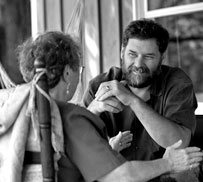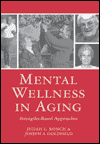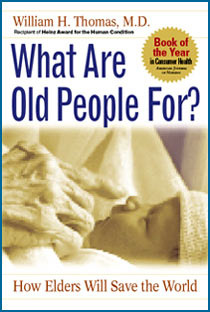![]()
Search
Recent Posts
- ChangingAging.org Redesign -- Please Bookmark!
- Disaster in Buffalo
- Power Up Friday
- Blanchard WinsDays
- Kevin Frick writes...
- Monkhouse Monday
- Getting Closer!
- Blanchard WinsDays
- Power Up Friday
- My Pick for Health and Human Services
- Understanding Health Care Reform
- Facts Are Stubborn Things: Social Security Edition
- Monkhouse Monday
- Localism is Coming
- Krugman Can't Wait...
Recent Comments
Category Archives
- AGING 100
- Aging
- Culture
- Dementia
- Eden Alternative
- Erickson School
- Green House
- Health Policy
- Longevity
- Media
- Rockets
Monthly Archives
- February 2009
- January 2009
- December 2008
- November 2008
- October 2008
- September 2008
- August 2008
- July 2008
- June 2008
- May 2008
- April 2008
- March 2008
- February 2008
- January 2008
- December 2007
- November 2007
- October 2007
- September 2007
- August 2007
 Subscribe to this blog's feed
Subscribe to this blog's feed
Announcements

Blog Data
« Talking About Kupuna | Main | The Unusualist... »
February 8, 2008 |Permalink |Comments (0)
Power Up Friday: Honoring Our Elders
The latest edition of the Administration on Aging's "Profile of Older Americans" has been released. Here are a few highlights:
We are becoming more elder-rich. Older Americans, (those 65 and over), now account for 1 in 8 Americans. Elders have increased 10% over the past ten years, and currently number over 37 million. There are nearly 74,000 centenarians.
Our elder population will "boom" soon. The number of people aged 45 - 64, (tomorrow's elders), increased by 39% in the same period, as our "Baby Boomers" move toward becoming "Elder Boomers".
Elders continue to raise children. Nearly a half million elders have primary responsibility for grandchildren who live with them.
Many elders have little or no "nest egg". Nearly 10% live below the poverty level. A third of all elders derive 90% of their income from Social Security.
Elders are overall better educated. From 1970 - 2006, the number of elders with a high school diploma rose from 28% to 77.5%. About 20% of our current elders hold bachelor's degrees.
Elders' health expenses are high. Out-of-pocket costs averaged $4331 last year, over 12% of their total expenses. About 20% of that ($887) was for medications.
If you went to college, you are doing okay.... Elders with a degree had an increase in median household income from $80,000 to $87,000 over the past 20 years.
But if you didn't finish high school, you probably are doing poorly. Median household income dropped from nearly $30,000 in 1984 to only $28,403 in 2004.
Racial disparities persist. Median incomes are 30% lower in people of color and poverty rates are disproportionately high, especially among older African-American and Hispanic women who live alone (about 40% living in poverty).
"Social capital" remains critical. From Laura Beck, Program Director of Eden At Home: About 80% of home care services are provided by family care partners. This represents about 257 billion dollars in unpaid labor yearly.
Commentary: Other than grandparenting and workforce figures, the report makes no mention of the many gifts we have received, and continue to receive, from this amazing group of people. Debates about rising costs of elder care should be framed within a much larger discussion: How should our society honor its elders?
-- Al Power














